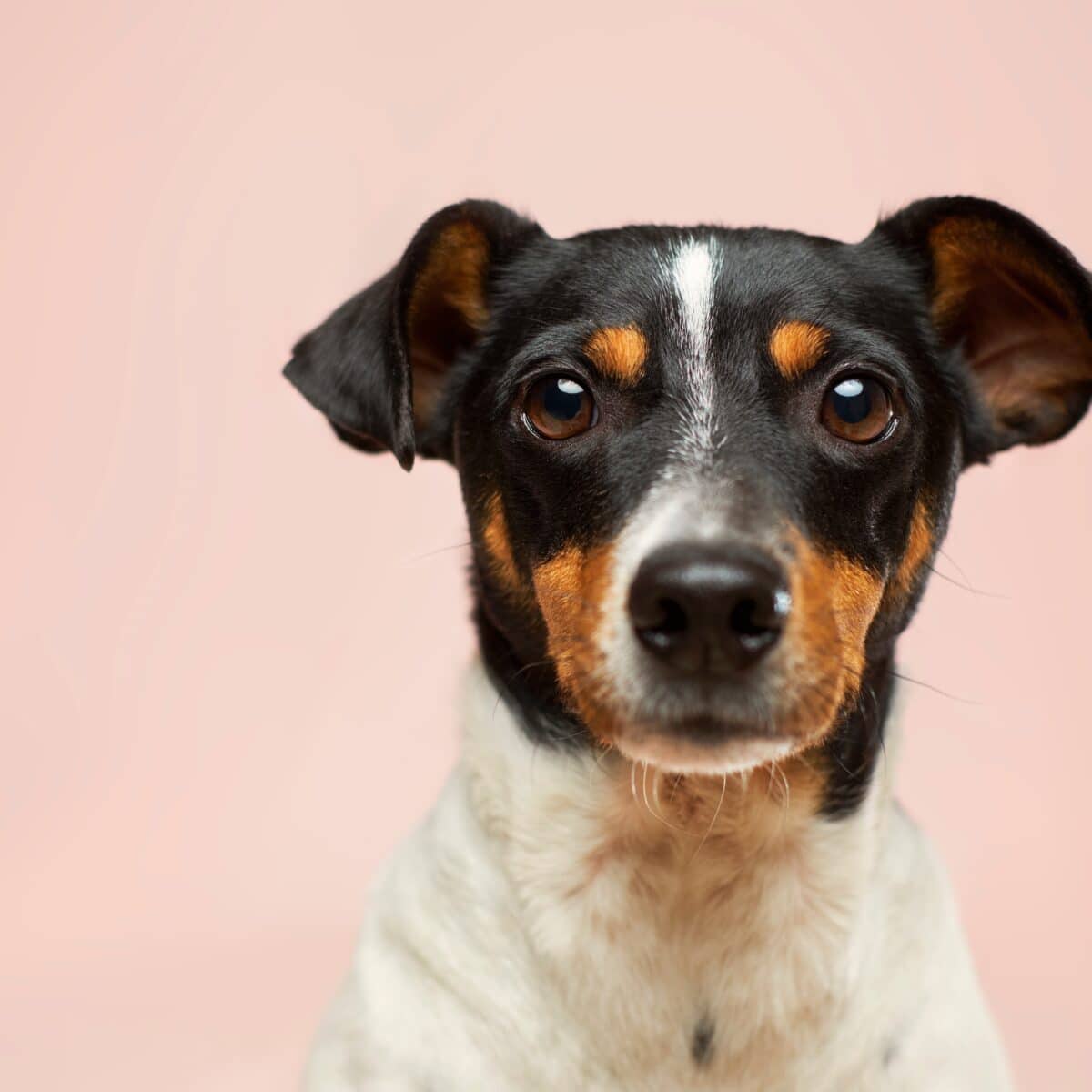5 Behaviour Tips for Reactive Rescue Dogs
21 July 2025
Bringing home a rescue dog is extremely rewarding — but if your new companion is reactive, it can come with some challenges.
At RSPCA Norwich, we often find that dogs who enter our care are initially reactive due to past trauma. We are fortunate to have experienced and qualified experts within our Animal Welfare Team, and think it’s important to share with you our top-tips for managing behaviour for reactive rescue dogs.
Whether they bark at other dogs, lunge at strangers, or seem overwhelmed by busy environments, reactivity is often rooted in fear, past trauma, or under-socialisation. We know that with time, patience, and the right strategies, reactive dogs can become more relaxed and confident.
Here are five of our Animal Welfare Team’s tried-and-tested behaviour tips to support your reactive rescue:
1. Understand Their Triggers
The first step in helping a reactive dog is identifying what sets them off.
Is it other dogs, loud noises, cyclists, or unfamiliar people?
We suggest recording a diary of their reactions and note the context, this will help you avoid triggering situations where possible. You can also gradually desensitise the dog to these triggers, at a slow and controlled pace.
2. Use Positive Reinforcement
We know it’s difficult at times to not say a firm ‘no’ when your dog is reacting, but punishing reactive behaviour can actually increase fear in your dog and makes things even worse.
Reactive dogs thrive on positive reinforcement. Reward calm behaviour with treats and lots of vocal praise. Over time, this builds an association between triggers and good things happening.
You also need to show confidence in the environment you’re in, even if you feel a little nervous about your dog’s reaction, as your dog will look to you for reassurance of safety. If you’re panicking and shouting ‘no’ or ‘stop,’ you might be reinforcing to your dog that they’re in an unsafe situation.
3. Make it clear to other dog owners
If your dog reacts to something specific, for example another dog, we encourage you to purchase specific leads (you can buy leads that say ‘nervous’ on them) to make it clear to other dog owners that your dog doesn’t want to be approached.
You can also increase the distance between them and the trigger. For example, cross the road when another dog is approaching or take quieter routes on walks. Distance gives your dog space to process and stay calm without going over their threshold. You should also use appropriate training equipment to safely restrain your dog if needed (we recommend using a harness for the best control).
4. Teach Focus Commands
Training your dog to focus on you can redirect their attention away from stressors. Start with simple cues like “look at me” or “touch” (having them touch your hand with their nose).
Practice in calm environments before gradually adding mild distractions.
5. Continue working with professionals
Many rescue dogs need extra support after a tough start in life — and that’s perfectly okay.
At RSPCA Norwich we never rehome a dog until we feel like they’ve had the tailored training they need to make progress safely. They have to pass certain behaviour tests before we even think about advertising them for adoption, and we always ensure their new owner is experienced with their breed and/or reactive dogs, and has plenty of time to continue their training with them.
When you rescue a dog with us, you will be provided with all the information and support you need for your new furry friend. A behaviourist may sometimes still be required following adoption depending on the dog and their needs.
Remember: Progress can be slow, and there may be setbacks. But with compassion, consistency, and support, reactive rescue dogs can flourish. If you’re ever unsure, don’t hesitate to reach out — our team at RSPCA Norwich is always here to help.

Keep in touch
Sign up below to keep in touch!


